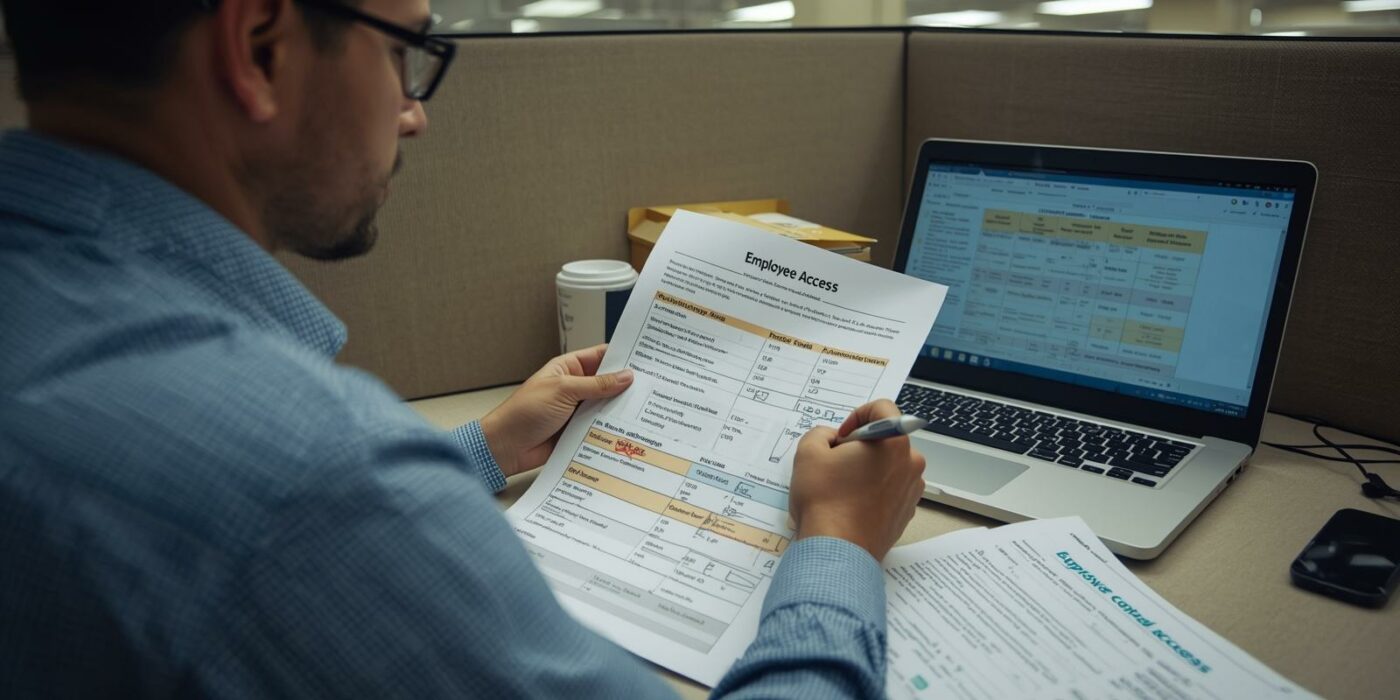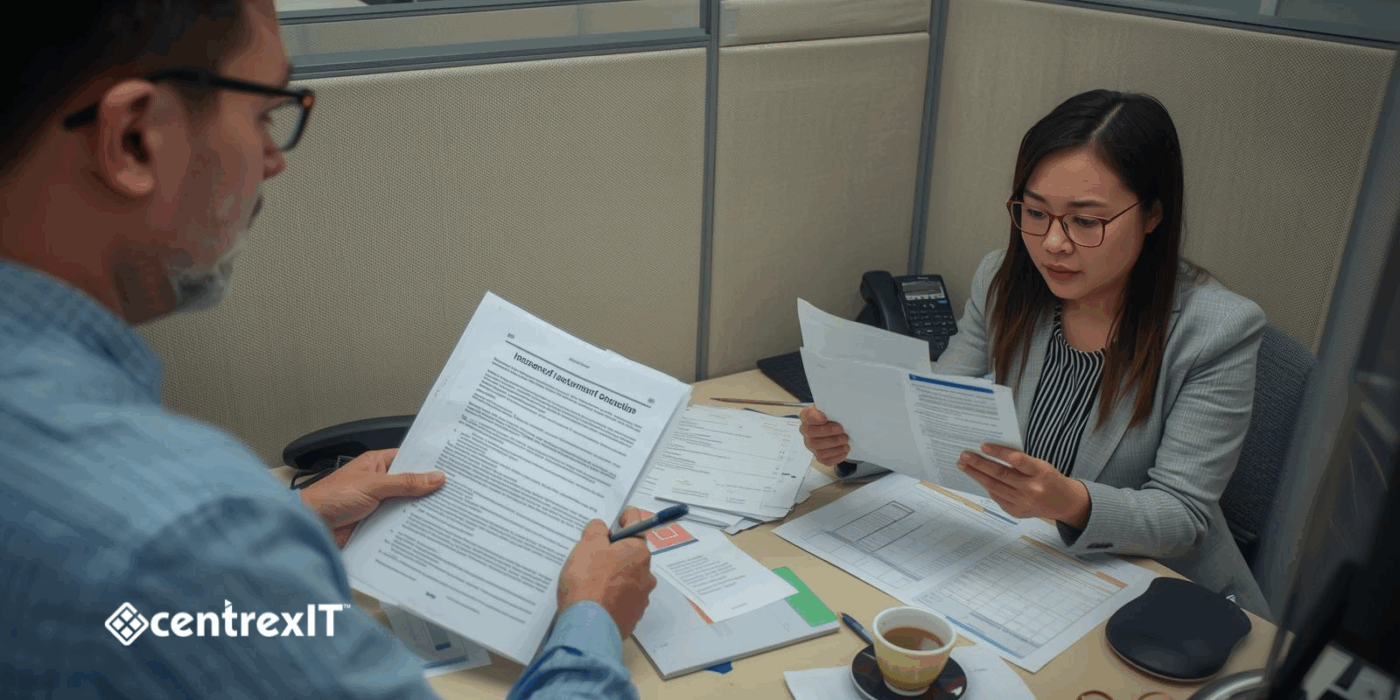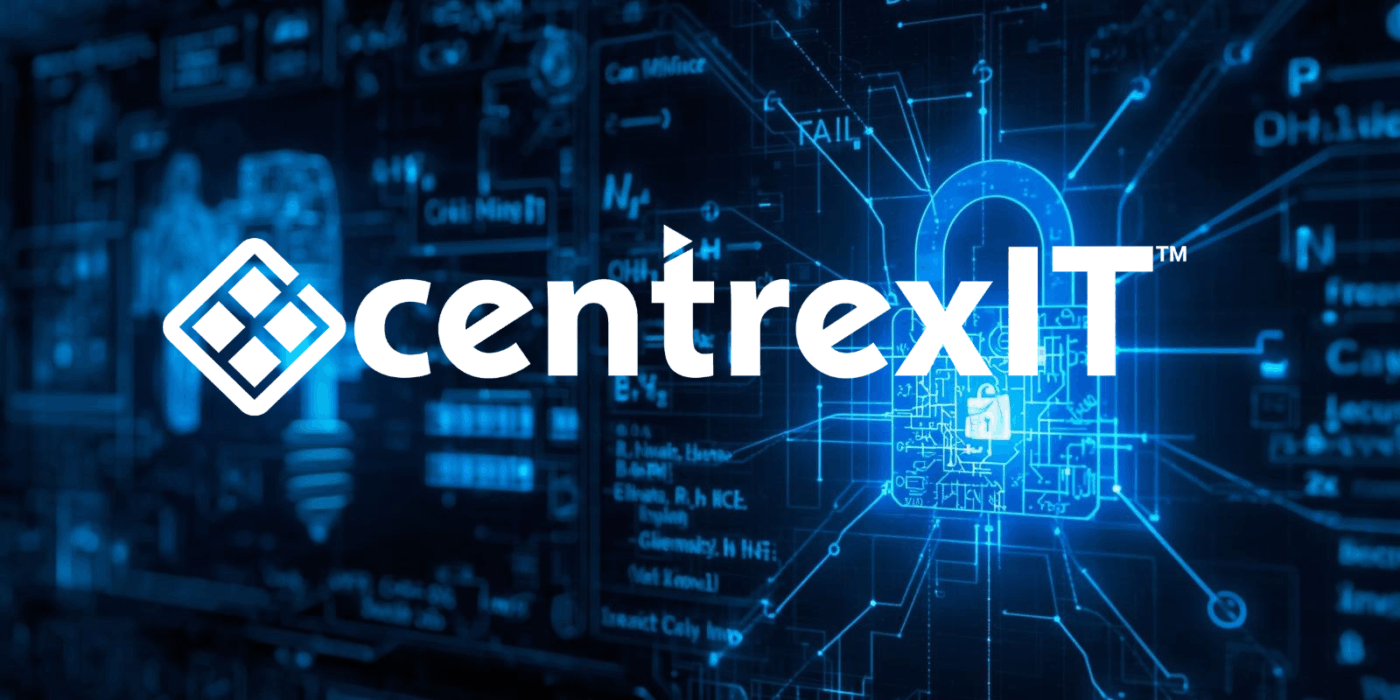Your employees aren’t trying to sabotage your company. They’re just trying to be productive.
A Google engineer copies a few lines of proprietary code into ChatGPT to debug a problem. A Samsung employee pastes semiconductor design specifications into a prompt, asking the AI to help optimize performance. A healthcare administrator shares a de-identified patient dataset (they think) to train an AI model for internal use. A financial analyst includes client account numbers in a spreadsheet she uploads to an AI tool for analysis.









